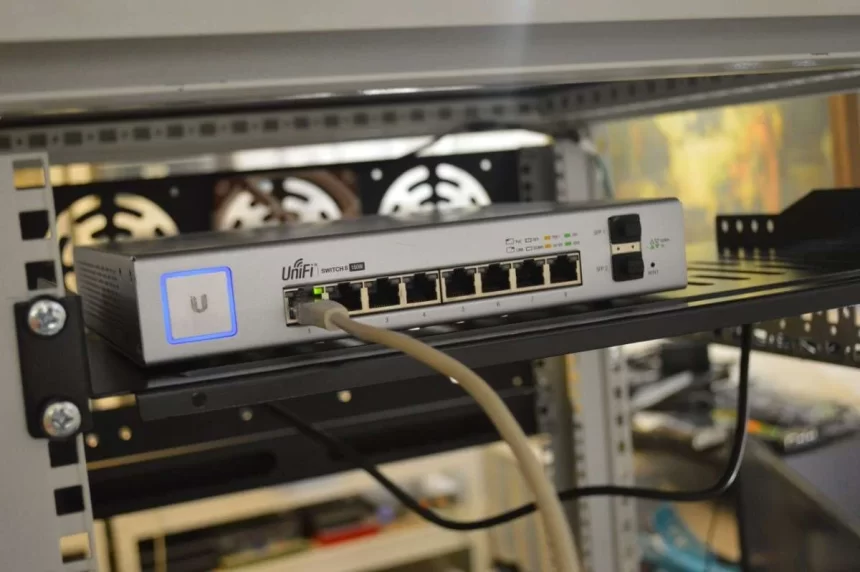The Internet of Things (IoT) has catapulted by leaps and bounds to new heights in a short span of time. Internet-connected appliances, smartwatches, cameras, microphones, televisions can do wonders ranging from improving the efficiency of a company to lowering operating costs and reducing network energy spending. The possibilities of what can be achieved with the IoT are limitless, with companies looking to find innovative ways of using IoT devices a very new day.IoT Induced Cybercrime.
The IoT is described as the network of devices connected to the internet to share data. IoT includes a wide variety of tools, from hardware sensors to computer programs. The IoT device’s success has started to pick up steam. According to research carried out by a leading research company, nearly 21 billion IoT devices will be in the field by 2020.
Internet of Things and Cybercrimes
Although the Internet of Things provides various untapped data sharing and communication opportunities, this disruptive technology is designed to instigate cybercrimes.
Here are the top cybercrime IoT carriers one should be aware of:
Smart Security Cameras
Smart security cameras’ vulnerabilities worried customers after the photos of Xiaomi Mijia have been transmitted from one computer to another. This massive breach was discovered after Xiaomi Mijia cameras owner and Google Nest Hub reported that when he streamed images from Xiaomi Mijia to a Google Nest Hub, he saw pictures from others’ Xiaomi Mijia.
Smart Speakers and Smartphones
Academic researchers have succeeded in developing malware, which is strong enough to hack the microphone and smart speakers of a smartphone like Amazon Eco to steal the passwords and codes of the device. Smartphones and speakers, which are such an essential part of our lives, are no longer secure.
Vending Machines
Smart coffee machines, when linked to virtual assistant apps, such as Amazon’s Alexa, allow owners to monitor them using their phones via vocal commands remotely. Did you know that these smart vendors of tea, coffee, and food items are linked to the internet using dedicated apps and maybe a possible target for hackers who want to steal the user’s bank or card details?
Security Protocols to curb IoT Cyberattack Threats
A high percentage of IoT devices promoting smart living are venerable for a multitude of security threats. Thus it becomes vital to identify effective measures to safeguard the network to which it connects and the technology behind it. Here are the security protocols one shouldn’t ignore to curb the IoT cyberattack threat-
Use Stronger Passwords
It’s always recommended to keep stronger passwords for all the internet-connected devices such as a router, smart speakers, or connected closed-circuit TV (CCTV). Change the default password on first use when buying a new IoT device. Know that if you don’t modify your password, you’re leaving hackers with an excellent opportunity. Beware of search engines crawling the web for linked IoT devices, to steal those devices’ default passwords. If you don’t change your password, your keys are left in the door.
Update Security Patches
Our devices often receive notification of a security patch update, and sometimes we ignore or fail to update them. That can be a possible trap to target cybersecurity. Make sure all of your IoT devices are patched with the most recent software updates, like a home monitoring app and smart assistants. One of the most vital protections against malware and other threats is the value of timely updates to the security applications, devices, operating systems, and web browsers of your IoT device’s software and operating system.
Buy Devices from Genuine Manufacturers
You are saving yourself from cybercrimes when you purchase products from manufacturers that are committed to maintaining the security and privacy of your family. Before you buy a smart device, you should always do your homework. Check that if in the past, the supplier had issues with cyber-attacks.
In a crux, companies have to ensure in today’s technology-connected environment that they deploy IoT devices with appropriate security policies such as firewalls, intrusion detection, and prevention systems to ensure that they cater to the confidentiality and data privacy of their clients.










